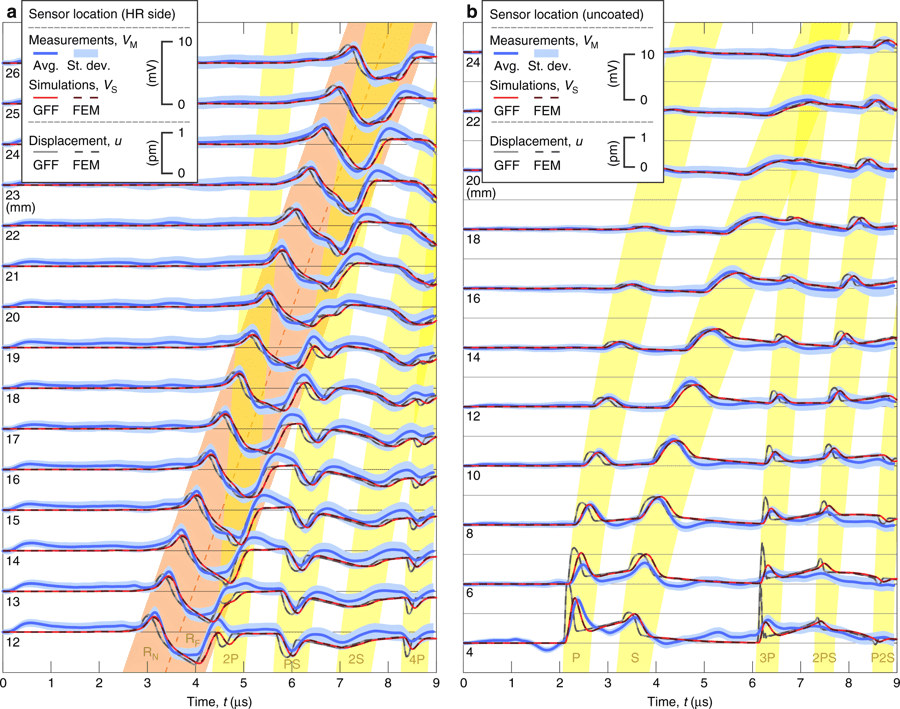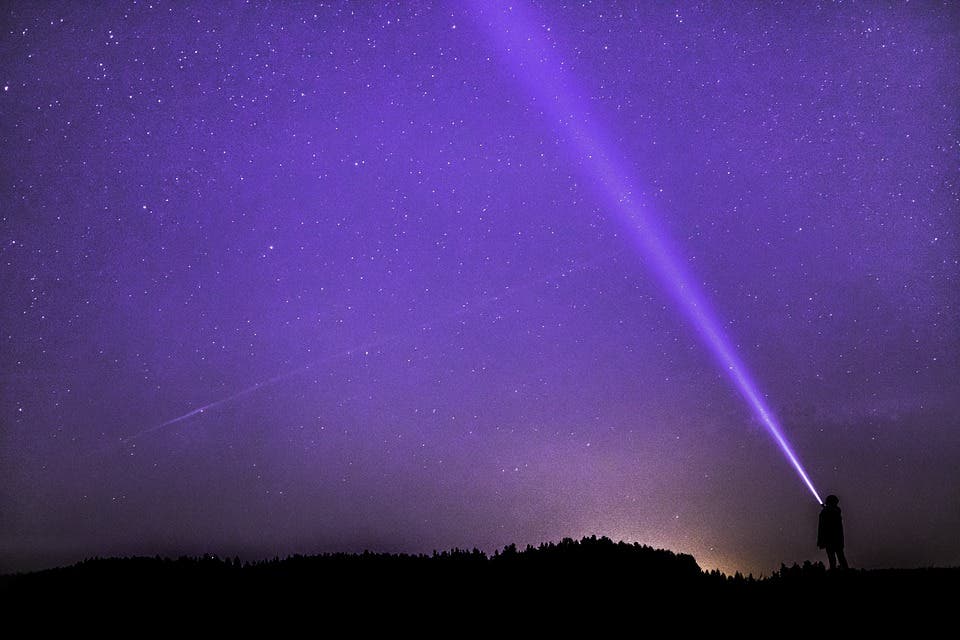An international team of researchers has finally been able to calculate the momentum of light.
Light exerts a minute pressure on the objects it interacts with. Finding the exact value of this pressure is a quest that scientists have pursued for nearly 150 years now. Today, a team of researchers has finally cracked it.
A light touch
Photons, although lacking in mass, do have momentum — so when they hit an object, they apply a force onto it.
This idea first surfaced in science in 1619, in a treatise by the German mathematician and astronomer Johannes Kepler. He believed that the pressure exerted by light was the reason why a comet’s tail always pointed away from the Sun. In 1873, Scottish physicist James Clerk Maxwell proposed that light is a form of electromagnetic radiation — and thus carries momentum, allowing it to exert pressure on matter. Thus, the pressure exerted by light was linked to its momentum.
Maxwell’s hypothesis turned out to be true. However, because the momentum of light is extremely tiny, the pressure it exerts is also exceedingly low — so measuring it directly is next to impossible.
“Until now, we hadn’t determined how this momentum is converted into force or movement,” explains coauthor and engineer Kenneth Chau of the University of British Columbia, Okanagan Campus, Canada.
“Because the amount of momentum carried by light is very small, we haven’t had equipment sensitive enough to solve this.”
We still don’t have any piece of equipment sensitive enough to measure this momentum — which makes the current findings all the more impressive. Chau’s team — which includes members from Slovenia and Brazil — found a way to work around this limitation, however.
The device they built is based around a mirror. The team fitted highly-sensitive acoustic sensors to it and then encased the contraption in several layers of heat shielding material to protect it from outside interferences. The last step was to shoot laser pulses at the mirror.
As photons in the laser hit the mirror, they apply pressure which generates movement (elastic waves) across its surface. The acoustic sensors measured these waves, which the team later used to calculate the pressure generated by individual photons.

Surface displacements caused by the laser. “Displacement” is measured in femtometers (quadrillionths of a meter).
Image credits Tomaž Požar et al., 2018, Nature Communications.
“We were able to trace the features of those waves back to the momentum residing in the light pulse itself, which opens the door to finally defining and modeling how light momentum exists inside materials.”
The research provides the framework from which researchers can refine the value. An accurate value of radiation pressure could have wide-ranging applications, from better optical tweezers — scientific instruments that use highly focused laser beams to manipulate particles down to the scale of a single atom — to more efficient solar sails that will let us zip about the universe without the need for fuel.
“We’re not there yet,” Chau said, “but the discovery in this work is an important step and I’m excited to see where it takes us next.”
The paper “Isolated detection of elastic waves driven by the momentum of light” has been published in the journal Nature Communications.










